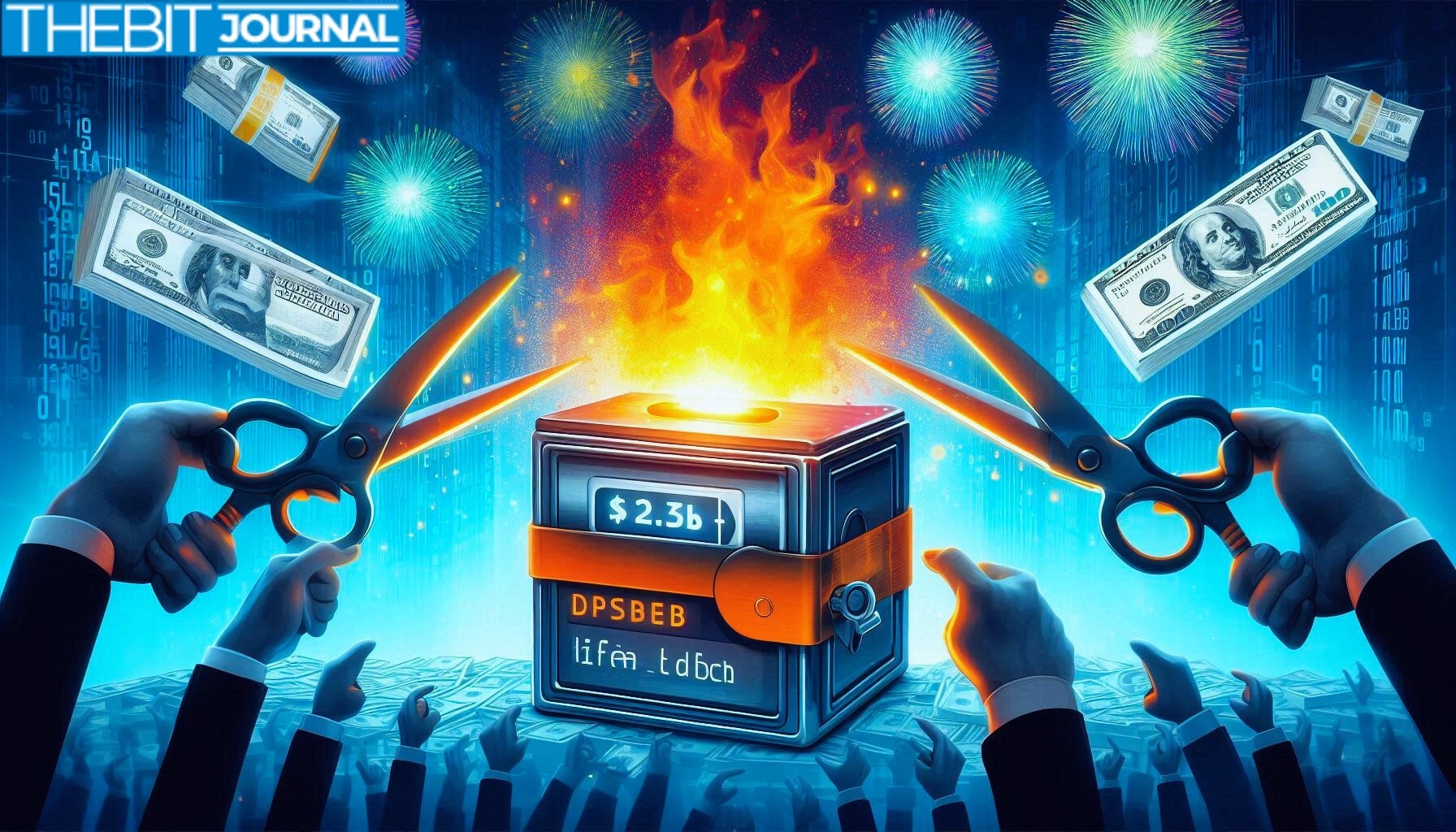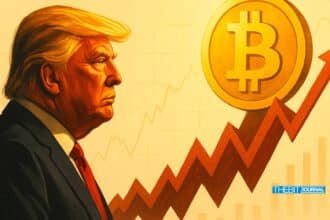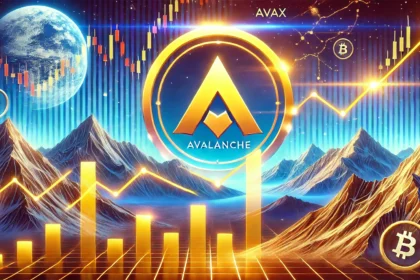According to reports, DeFi lending protocols are back in the spotlight after recording a massive $2.3 billion surge in total value locked (TVL) within just 24 hours. This impressive growth, paired with a $700 million jump in active loans, has led to a sharp uptick in lending-related token performance, with an average 7.7% gain.
According to data from DefiLlama and Token Terminal, this sudden rise in DeFi lending protocols activity suggests renewed investor confidence, higher borrowing demand, and rising capital efficiency within the decentralized finance space.
TVL in DeFi Lending Protocols Hits $42.69 Billion
Over the past day, DeFi lending protocols saw their TVL rise from $40.36 billion to $42.69 billion, reflecting a 6% increase. This comes as markets rally across the board, boosting confidence in decentralized finance systems. The increase in locked value is viewed as a critical health indicator, signaling more users depositing capital into lending pools for interest generation or liquidity provisioning.
Alongside this, the value of active loans issued by DeFi lending protocols rose from $16.4 billion to $17.1 billion between April 21 and April 22, suggesting borrowers are increasingly turning to decentralized systems for capital access.

Aave and Euler Lead the Lending Surge
Aave, one of the largest DeFi lending protocols, led the spike in active loan volume with a $562 million increase in debt issuance, bringing its total to over $11 billion. Interestingly, this rise in loan issuance didn’t translate into higher platform revenue. In fact, Aave’s revenue dropped sharply from $418,000 to just $67,430, raising questions about fee structures and user incentives.
Euler followed as the second-largest daily gainer in loan activity, with nearly $30 million borrowed in 24 hours. Other notable DeFi lending protocols, such as Fluid and Compound, also posted double-digit gains in loan volumes, showing a broader ecosystem recovery.
Lending-Related Tokens Outperform Crypto Market
Based on reported data, as DeFi lending protocols gained in on-chain activity, their native tokens experienced significant price appreciation. According to CoinGecko, lending tokens posted an average gain of 7.7% in the past 24 hours, making it one of the top-performing sectors in crypto, ranking fifth among 22 major categories.
Maple Finance’s SYRUP token led with a remarkable 15.2% surge. Other top-performing tokens from DeFi lending protocols included Euler’s EUL (11.6%), AAVE (8.2%), and MORPHO (7.2%), according to CryptoSlate and Artemis data.
This level of outperformance suggests that investors are reacting positively to tangible growth metrics such as TVL and borrowing volume, validating DeFi lending protocols as a key growth sector.
Market Sentiment and Liquidity Backing the Rally
The renewed interest in DeFi lending protocols coincides with improving macro liquidity, rising risk appetite, and a rebound in total DeFi participation. Analysts note that the $2.3 billion TVL increase is not an isolated event but part of a broader trend pointing toward increasing capital efficiency in DeFi markets.
Institutional and retail participants alike are beginning to revisit DeFi lending protocols as viable platforms for yield generation, capital deployment, and crypto-backed loans, especially amid volatile traditional finance conditions.
Will DeFi Lending Protocols Sustain the Momentum?
While current data is bullish, sustainability remains key. Some analysts warn that revenue discrepancies, like those seen in Aave, could signal inefficiencies in token economics. Others argue that the rapid growth in DeFi lending protocols may attract further competition, regulation, or profit compression.
However, if liquidity inflows continue and borrower demand holds up, DeFi lending protocols may be well-positioned to sustain upward momentum throughout Q2 and beyond.

Conclusion
The recent surge in TVL and active loans puts DeFi lending protocols at the center of the latest crypto resurgence. With a $2.3 billion increase in locked value, over $700 million in new loans, and token prices climbing faster than the broader market, these protocols are proving their utility in today’s financial ecosystem.
As long as capital keeps flowing into the ecosystem and users continue to leverage decentralized platforms, DeFi lending protocols are likely to remain drivers of innovation and growth across the blockchain space.
FAQs
What are DeFi lending protocols?
DeFi lending protocols are decentralized platforms that allow users to lend or borrow digital assets without intermediaries. They use smart contracts to automate interest rates and loan terms.
Why is TVL important for DeFi lending protocols?
TVL (Total Value Locked) indicates the amount of capital deposited into a DeFi platform. It reflects user trust and the platform’s utility in the ecosystem.
Which DeFi lending protocol saw the highest loan growth recently?
Aave led the recent surge with a $562 million increase in active loans over 24 hours, followed by Euler and Compound.
Are DeFi lending protocols a good investment?
While they show strong growth potential, DeFi investments are high-risk. Investors should conduct thorough research and consider volatility and smart contract risks.
Glossary
DeFi Lending Protocols: Decentralized platforms that allow users to lend and borrow crypto assets without relying on intermediaries, using self-executing smart contracts.
TVL (Total Value Locked): The total value of digital assets deposited in a DeFi protocol. It serves as a key metric for measuring the protocol’s popularity, liquidity, and overall trust within the ecosystem.
Active Loans: The outstanding volume of funds currently borrowed on a DeFi platform. It reflects the lending activity and demand for liquidity.
Smart Contracts: Code-based agreements executed on a blockchain that automatically carry out the terms of a contract when predetermined conditions are met.
Tokenomics: The underlying economic structure and logic of a crypto token, including aspects like supply distribution, incentives, governance, and value capture mechanisms.





























